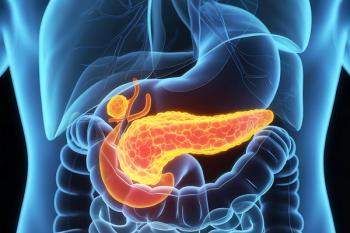
- The Column-07-18-2012
- Volume 8
- Issue 13
Prehistoric dairy farming
A team of scientists have reported in Nature on the first chemical evidence of dairy farming in prehistoric Africa in the fifth millennium BC.
A team of scientists have reported in Nature on the first chemical evidence of dairy farming in prehistoric Africa in the fifth millennium BC.1 These findings were corroborated by the use of gas chromatography (GC), gas chromatography–mass spectrometry (GC–MS) and gas chromatography-combustion‑isotope ratio mass spectrometry (GC-C-IRMS). Analysis was carried out on organic residues extracted from pottery in the Takaskori rock shelter in the southwest Fezzan, Libyan Sahara. The majority of the pottery was dated to the Middle Pastoral (5200–3800 BC) period, while the remainder came from the Late Acacus and Early and Late Pastoral periods.
The fats were extracted and it was discovered that there was a high distribution of the C16:0 and C18:0 fatty acids, derivatives of degraded animal fats. Derivatives of plant oils were also found in a smaller number and are potentiallyy an indication of the multiple use of these vessels.
Out of the 81 pottery shards sampled, 29 were analysed by GC-C-IRMS as these were the samples that were unambiguously labelled as containing degraded animal fats. Out of this 29, 18 displayed evidence of pure animal fat origin.
The team concluded that these findings confirm that domesticated cattle and a dairying economy were an established aspect of early Saharan pastoralism.
1. Julie Dunn et al., Nature486(7403), 390–394 (2012).
Articles in this issue
over 13 years ago
Understanding the Behaviour of Pharmaceutical Polymersover 13 years ago
Back To Basicsover 13 years ago
Live Lab tour reviewover 13 years ago
Alternatives to Silicone Breast Implantsover 13 years ago
Supplement analysisover 13 years ago
Innovation centre opensNewsletter
Join the global community of analytical scientists who trust LCGC for insights on the latest techniques, trends, and expert solutions in chromatography.





